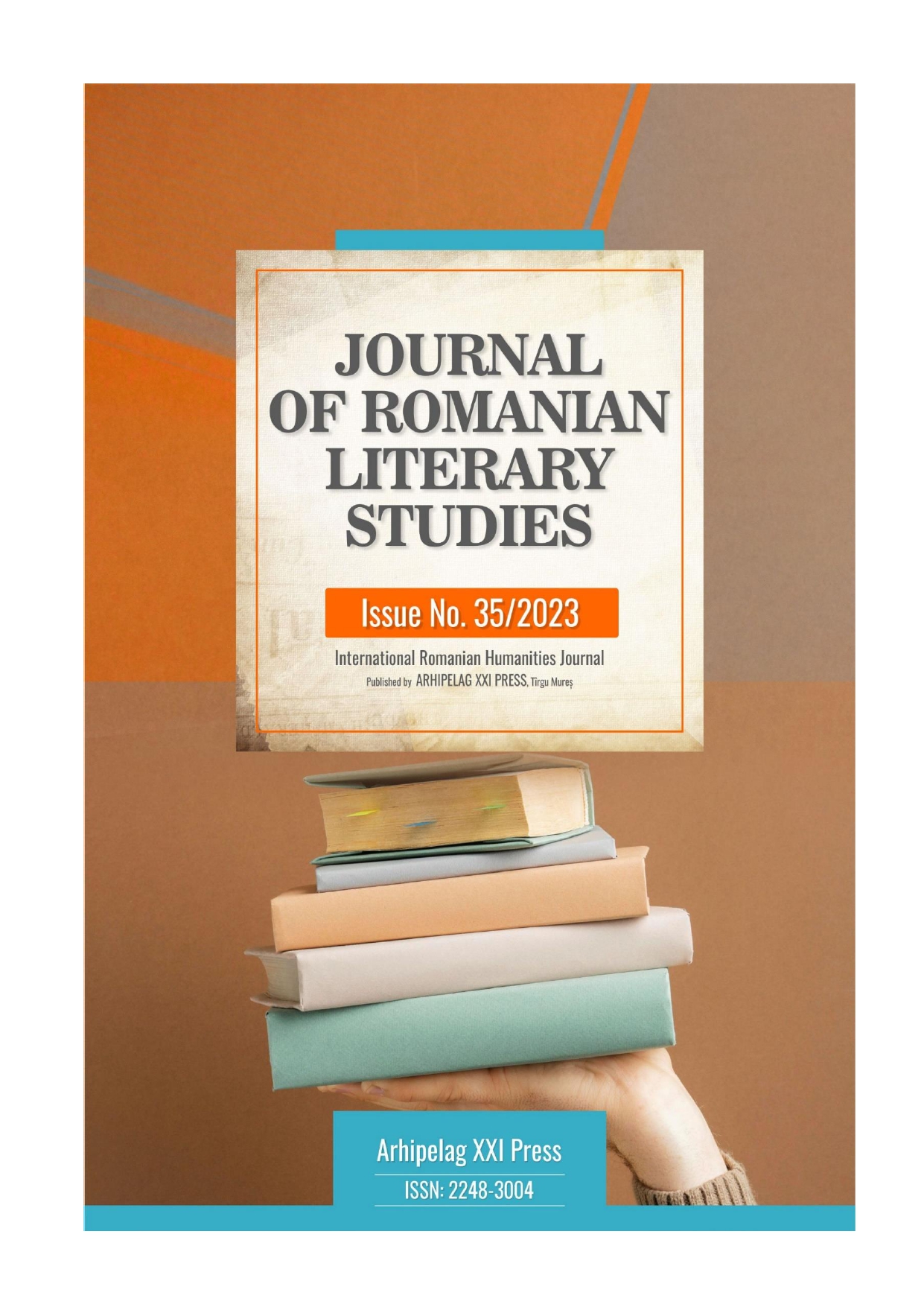RUSSO-TURKISH WAR 1806-1812 - REASON OF PAVLICHIANS COMMUNITY FOUNDATION FROM CIOPLEA
RUSSO-TURKISH WAR 1806-1812 - REASON OF PAVLICHIANS COMMUNITY FOUNDATION FROM CIOPLEA
Author(s): Ana Rafail (Moldovan)Subject(s): Cultural history, Diplomatic history, History of ideas, Political history, Social history, Political behavior, Political psychology, Politics and society, History and theory of political science, 19th Century
Published by: Editura Arhipelag XXI
Keywords: Paulicians; Pavlichians; Ciprovets; Passionists; Cioplea; Russo-Turkish War 1806-1812;
Summary/Abstract: This article aims to present the Russo-Turkish War of 1806-1812 as the main reason for the Bulgarian Catholic Pavlichians migration near Bucharest and the foundation of the Cioplea village - 1806 - 1813. It is underlined that for many centuries, Bulgaria's southern Danube territories have been a refuge for Pavlichian communities that have suffered over many centuries executions and deportations of population, oppression of Byzantine power and Ottoman occupation. Pavlichian communities with an ancient identity marked by conflict are descendants of the Paulician community of Armenians. From the seventh century AD, the communities of Pavlichians lived on the territories of the ancient fortresses of Philippopolis near Plovdiv and in the Nicopolis area. The Catholic communities of Bulgarian Pavlichians are mentioned since the seventeenth century, when the villages of the Pavlichians were visited by the Bosnian Franciscans conducted the missions of conversion the Pavlichians to Catholicism. In the seventeenth and nineteenth centuries, Russo-Turkish wars involved the Catholic communities in the anti- Ottoman resistance struggle like the Ciprovets Uprising of 1688 event with changed the identity of these communities. The defeat of the Uprising of 1688 led to the destruction of communities in Ciprovets and to the migration of Pavlichian Catholics across the Danube into Craiove and Banat. In the nineteenth century, the aggression of the Ottomans, triggered by the Russo-Turkish War of 1806-1812, determined a second migration of the Catholics Pavlichians. Main of them, returned in Bulgaria, settled to the border area of Nicopolis-Shvistov, took refuge across the Danube, on the outskirts of Bucharest, founding a new community of Catholic Pavlichians: the village of Cioplea. The article analyzes the war that cause in the nineteenth century the second migration of Pavlichian Catholics from Svishtov-Nicopole, nearby Bucharest, in the 1806-1813 period. The article concludes that, under the pressure of Russo-Turkish War of 1806-1812, the bulgarien catholic pavlichiens from Svishtov-Nicopole, were obliged to migrate once again in Romania, the reason for Cioplea Pavlicheans Community foundation.
Journal: Journal of Romanian Literary Studies
- Issue Year: 2023
- Issue No: 35
- Page Range: 651-659
- Page Count: 9
- Language: Romanian

